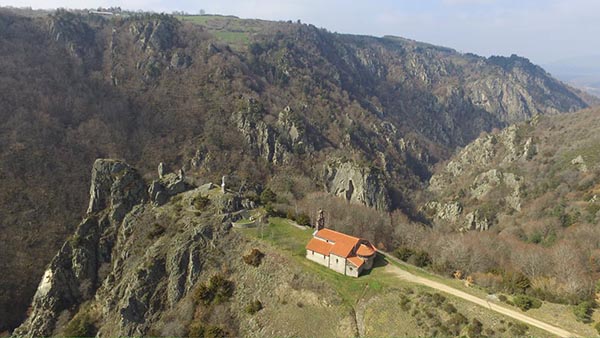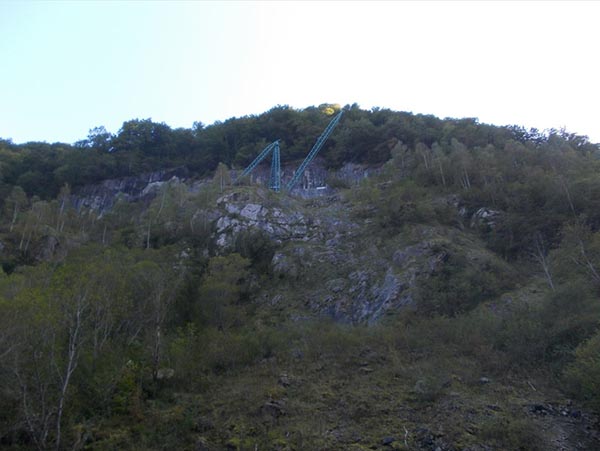Vert d'Estours marble
Download PDFThe Vert d'Estours marble, often confused with the Campan marble, is always clear and veined differently. Indeed, the Vert d'Estours marble has a clear tint, being veined of green on a white background, while the Campan has large white veins on a green background.
With a fresh tint, the Vert d'Estours is distinguished by an ivory white background, dotted with a multitude of fine green lines, more or less parallel, which undulate.
Estours is a beautiful valley of the Pyrenees, in Ariège, in which several marbles were extracted since Antiquity, including the Turquin Blue marble and the Breche Violette marble.
The marble factory of Estours is close to the village of Seix, where the Church Notre-Dame de Pitié holds stoups in this marble. The monuments of the region such as the villa Chiragan and Saint Bertrand de Comminges were built among others with this marble.
In the second half of the 19th century, the activity of the marble factory was amplified, and the Vert d'Estours marble was exported to Belgium, Italy and Japan.
Bibliography
J. Dubarry de Lasalle, Identification of marbles, Ed. H. Vial, Dourdan, 2000
J. Dubarry de Lasalle, The use of marbles, Ed. H. Vial, Dourdan, 2005
P. Julien, Marbels, From Quarries to Palaces, ed. Le Bec en l'air, Manosque, 2006
Marmi antichi, collective work, ed. De Luca, Rome, 1998
Ludovic SEREE de ROCH, «Sur l’exploitation des Carrières de marbres à Seix (Ariège)», Revue du Cercle Généalogique du Languedoc, janv.-fév.-mars 2007, n°114, pp.19-24.








